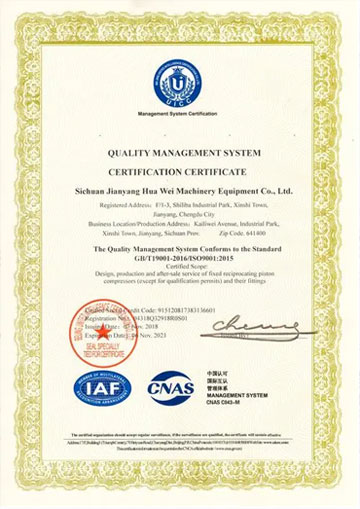

drywall screws self tapping
नवम्बर . 20, 2024 17:49 Back to list
drywall screws self tapping
The Essential Guide to Drywall Screws The Benefits of Self-Tapping Screws
Drywall installation is a fundamental aspect of construction and renovation, and understanding the tools and materials involved is crucial for achieving quality results. Among the various components, drywall screws play a pivotal role in securing drywall sheets to framing structures. In recent years, self-tapping drywall screws have gained prominence for their ease of use and effectiveness. This article will delve into the nature of these screws, their advantages, and tips for their proper application.
Understanding Drywall Screws
Drywall screws are specialized fasteners designed for attaching drywall to wooden or metal studs. They are typically characterized by a sharp point, a coarse thread for better grip, and a bugle-shaped head that allows for a smooth finish. The distinction between regular drywall screws and self-tapping screws lies in their design and functionality.
What Are Self-Tapping Screws?
Self-tapping screws have a unique feature they can create their own hole as they are driven into the material. Unlike standard screws that require pre-drilled pilot holes, self-tapping screws possess an additional cutting edge or flutes on their tips, which allows them to drill into the substrate material (whether it be wood or metal). This self-drilling capability makes them particularly advantageous in drywall installation, especially for DIY enthusiasts and professionals alike.
Benefits of Using Self-Tapping Drywall Screws
1. Time Efficiency One of the most significant advantages of self-tapping screws is the time they save during installation. Since they eliminate the need for pre-drilling, builders can complete tasks more rapidly, which can lead to reduced labor costs and quicker project turnaround times.
2. Ease of Use For those who may not have extensive experience with construction, using self-tapping screws creates a more user-friendly environment. You can simply insert the screw into the drywall and drive it straight in without worrying about measuring and drilling pilot holes.
3. Increased Holding Power Self-tapping screws are designed to create clean, precise threads as they are driven in. This feature can enhance their holding power, ensuring that the drywall remains firmly attached to the studs, which is crucial for maintaining surface integrity and durability.
drywall screws self tapping

4. Versatility Self-tapping screws are available in a variety of sizes and types, making them suitable for different drywall thicknesses and applications. Whether you are working with standard 1/2-inch drywall or thicker variants, there are self-tapping screws designed to meet your specific needs.
5. Reduced Material Damage The self-drilling feature minimizes the risk of splitting the wood or damaging the drywall. Since these screws are made for specific materials, they often provide a secondary advantage of causing less disturbance to the surrounding area.
Tips for Using Self-Tapping Drywall Screws
While self-tapping drywall screws offer numerous benefits, proper usage is critical for optimal results. Here are some helpful tips
- Select the Right Screw Ensure you choose the correct length and type of screw based on your drywall thickness and the type of studs being used (wood or metal). Generally, 1-inch to 1.25-inch screws are appropriate for standard 1/2-inch drywall.
- Maintain a Consistent Drive Avoid over-driving the screws, which can damage the drywall surface and compromise the aesthetics of your finish. The screw head should sit just below the surface without tearing the paper.
- Utilize Proper Tools A power drill with a clutch setting can help provide the right torque when driving screws. Using a screw gun designed for drywall can further simplify the process.
- Regularly Check Your Progress Periodically assess your work to ensure screws are evenly spaced and securely fastened. The general recommendation is to space screws approximately 12 to 16 inches apart on the studs.
Conclusion
Self-tapping drywall screws are an indispensable tool in the realm of construction and renovation. Their ease of use, time efficiency, and durability make them a preferred choice for both professionals and DIY enthusiasts. By following best practices when using these screws, you can ensure a secure and professional finish to your drywall projects. With the convenience they offer, self-tapping screws will surely remain a staple in the building community for years to come.
Latest news
-
Premium Fasteners Manufacturer | AI-Driven Solutions
NewsAug.01,2025
-
Hot Dip Galvanized Bolts - Hebei Longze | High Strength, Corrosion Resistance
NewsAug.01,2025
-
High-Strength Hot Dip Galvanized Bolts - LongZe | Corrosion Resistance, Custom Sizes
NewsAug.01,2025
-
Best Self Tapping Screws for Drywall - Fast & Secure Installation
NewsJul.31,2025
-
High-Strength Hot Dip Galvanized Bolts-Hebei Longze|Corrosion Resistance&Customization
NewsJul.31,2025
-
Hot Dip Galvanized Bolts-Hebei Longze Metal Products|Corrosion Resistance&High Strength
NewsJul.31,2025

